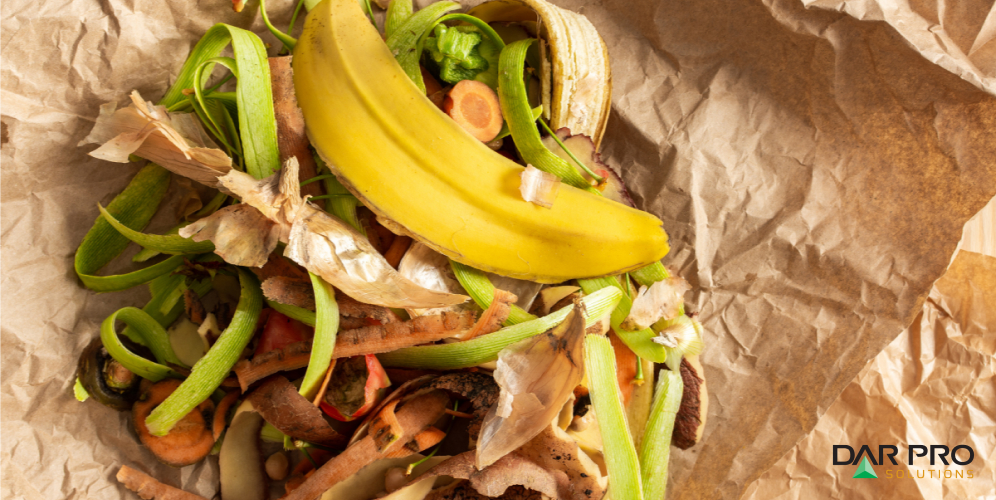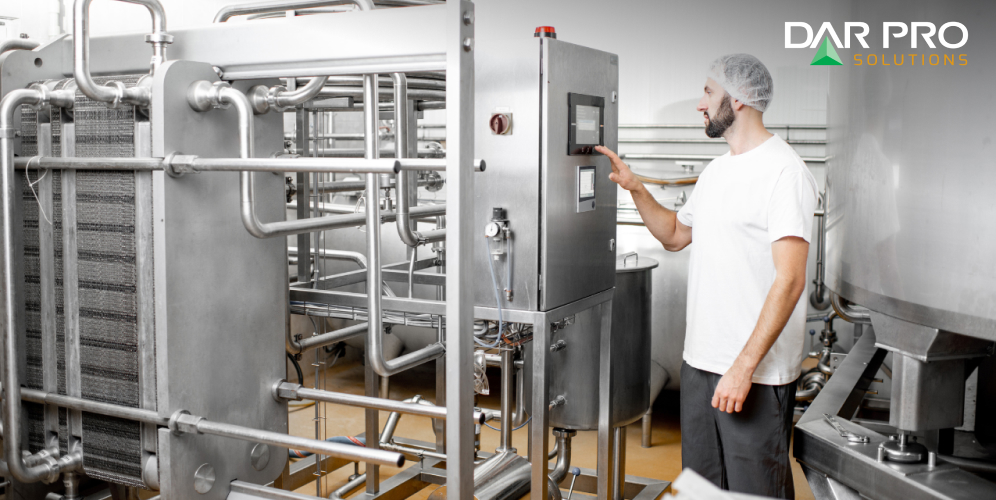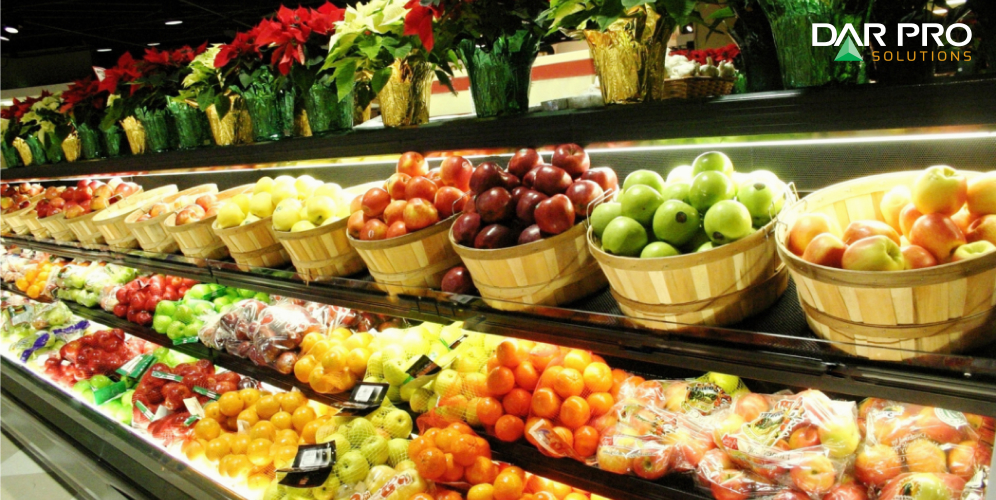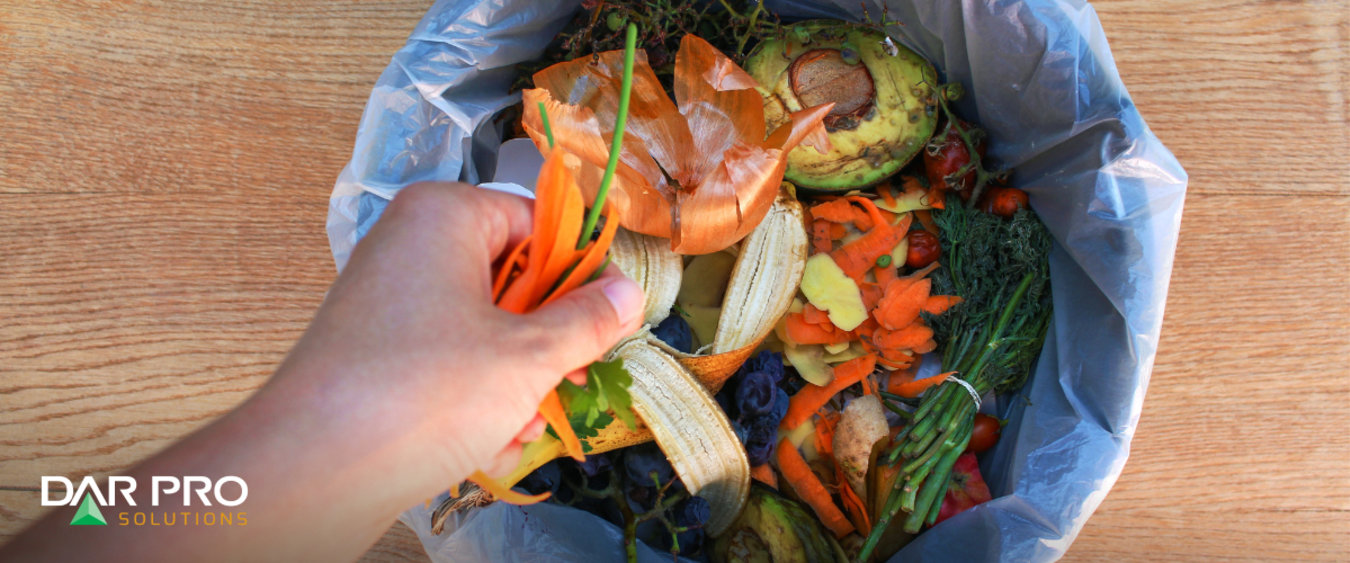The issue of worldwide food waste is a growing one, with the United States at the epicenter of it. America is the world’s largest food waste producer.
While restaurants are a major contributor to food waste, they certainly aren’t the only ones—every sector of the food service industry has a role in contributing to food waste in America and can provide food waste solutions in their respective industries.
In this article we’ll cover:
- Food waste statistics across the food and beverage industry
- Why we waste so much food in America
- How restaurants kitchens can fight it
Here’s a glimpse at the big picture of food waste in America.
Food Waste By the Numbers
As a country, we waste 80 million tons every year. That’s estimated to be 30-40% of the country’s entire food supply.
- The restaurant industry spends an estimated $162 billion every year in costs related to wasted food
- The average American household spends more than $3,000 a year on eating out
- Americans waste 915 pounds of food per capita each year
- More than 85% of food scraps in the United States go to landfill
The food waste crisis extends beyond the United States, too, of course. According to the Agricultural Organization of the United Nations (FAO), the world throws away nearly 1.3 billion tons of food each year—roughly a third of what is produced for human consumption.

At the Production Level
Roughly 30-40% of food that farmers produce is never consumed. According to one study, 16% of all food grown on farms across the country never leaves the farm due to workforce shortages, lack of demand, imperfections in the crop, and weather events. That accounts for 10 million tons of produce waste.

At the Processing Level
Manufacturing plants account for more than 10% of food waste. There’s a thin margin for error when it comes to processing foods in large scale manufacturing plants. One brief power outage or equipment malfunction can render an entire day’s worth of product unfit to be sold.

At the Retail Level
30% of food in American grocery stores is thrown away. That staggering number is caused by inefficient inventory ordering, products with short shelf lives, increasing prices. Grocery stores are one of the root causes of food waste in America, producing 16 billion pounds of food waste annually.

As we covered earlier, the restaurant level isn’t the only source of the problem when it comes to producing food waste, but restaurants are certainly major waste producers. One report states that a half of a pound of food is wasted per meal in restaurants. The causes for food waste within restaurants are similar to those in the manufacturing and retail grocery store industry.
At The Consumer Level
The average household of four in America wastes about $1,600 worth of food per year. In total, that’s about 27 million tons of food waste annually. That’s close to $144 billion spent on food that isn’t used. Some of it is a poor understanding of expiration dates, taking the wrong approach to grocery shopping, or excessive portion sizes.

How Food Waste Happens
Not only are we wasting food, but we are wasting the resources used to produce it. In the end, the consequences of this food waste issue not only affect people, but it also negatively impacts the environment.
How do we produce so much waste?
We Leave Food Unconsumed
It is increasingly common for restaurants to serve larger-than-average portions. The assumption is that clients will pay more for “more.” But why are 55% of edible dishes left behind at the restaurant if this is the case? Large portions aren’t necessarily what customers want.
We Let It Go to the Landfill
The billions of tons of food waste has to end up somewhere. Most of it goes into a landfill. The EPA states that food waste is the single most common material landfilled and incinerated in the U.S.

In its simplest sense, the fight against food waste begins by reducing the amount of waste that goes toward landfilling. There are a couple of different alternatives to landfilling, like composting, which involves waste breaking down naturally and eventually becoming ingredients in fertilizer.

How Restaurants Can Fight Food Waste
The path to solving the worldwide food waste problem begins in America. In 2015, the USDA, in a joint effort with the Environmental Protection Agency, set a goal to cut our nation’s food waste by 50% by the year 2030. It’s an issue that extends to every part of the food service industry, from large processing plants to the local restaurant up the street.
Related Article: Seven Ways the Sustainability Movement Has the Restaurant Industry Adapting
While food waste is a problem throughout every tier of production and consumption, restaurants have the most simple solutions to reducing their food waste.
Stay On Top of Inventory
Many restaurant operators initially cost out their menus and are confident of the margins. However, if the price margins change a year later, the restaurant loses money due to rising ingredients costs.
Regular review of inventory costs allows you to react by adjusting pricing, sourcing less expensive suppliers, or adjusting portion sizes.

Food inventory systems—for restaurants and grocery stores—maximize the shelf life of products, which makes it easier to reduce waste and increase profitability. Add a food waste log to monitor your system to be sure you’re not wasting ingredients you paid for, even before they get cooked.
Read more industry-specific guides about reducing food waste for grocery stores and processing facilities.
Minimize Your Menu
To make your restaurant more sustainable, implement a seasonal menu. Not only is this a practical choice, customers love it too (and are often willing to spend more on it). By changing menu items based on availability, you can serve the freshest possible produce at its peak. Creating dishes based on availability also limits more expensive ingredients that are out of season.
If this isn’t a realistic possibility for your establishment, start by minimizing the ingredients in your dishes. If you have minimally utilized inventory, consider retooling your menu to eliminate the item or use it in other dishes. Finding different ways to use food items can be a great way to ensure you aren’t throwing out excess inventory.
Invest in Recycling Used Cooking Oil and Meat By-Products
The scraps and inedible byproducts used to produce food can be recycled and repurposed. Partnering with a rendering service will make life easier for your facility and give the food waste it produces a renewed purpose. These scraps can be turned into ingredients used in a variety of consumer products. A reputable service provider will collect the material for you and ensure it is given that renewed purpose.
In restaurants, the frying oil you use to make your food can also be recycled. If you partner with a reputable used cooking oil recycling provider, your oil can help produce renewable diesel—a cleaner burning alternative to petroleum fuel that reduces carbon emissions by up to 85%.
Related Article: How to Craft a Recycling Plan For Your Restaurant | DAR PRO Solutions
Reduce Food Waste With the Recycling Pros
Is your restaurant doing its part when it comes to recycling? With more and more consumers in the United States making food choices based on eco-friendly practices, perhaps it’s time to formulate a recycling plan to ensure your store’s efforts are consistent. These sustainable practices can have a ripple effect, reducing waste through every tier of food production.
DAR PRO Solutions helps reduce the food industry’s carbon footprint by diverting cooking oil and meat waste from landfills and repurposing it into valuable new resources. The waste material we collect is processed at our plants across the country before being sent to Diamond Green Diesel for renewable diesel production.
Contact us today to find the sustainable solution that works for you.
DAR PRO Solutions provides safe and efficient used cooking oil recycling solutions to over 130,000 commercial kitchens across the country. Our program reduces hazards within commercial kitchens. Reach out to a DAR PRO representative today and find out how your business can benefit from our program. Call us 24/7/365 at 855-DAR-PRO1 (855-327-7761).
Contact Sales
For customer service inquiries call our toll free number (855) 327-7761
By submitting this form I agree to the privacy policy including the usage of contact details to contact me for marketing purposes.
